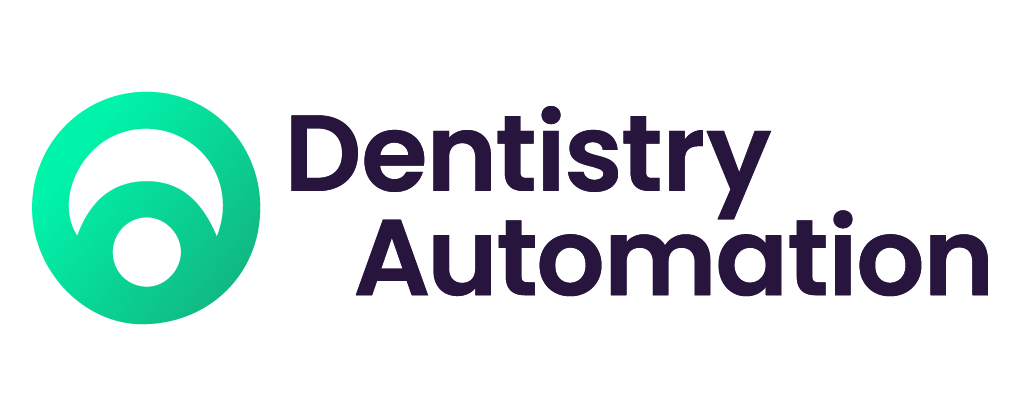Dental insurance verification is one of the most crucial yet time-consuming tasks for dental practices. Ensuring that a patient’s insurance details are accurately verified before treatment prevents claim denials, reduces revenue loss, and enhances the patient experience. However, manual insurance verification can be a tedious process, often prone to errors and inefficiencies.
In this comprehensive guide, we will explore what dental insurance verification entails, common challenges practices face, and how automation tools like Eligibility Verification can streamline the process.
What is Dental Insurance Verification?
Dental insurance verification is the process of confirming a patient’s insurance coverage and benefits before providing dental services. It includes checking details such as:
- Coverage limits
- Deductibles and co-pays
- Waiting periods
- Exclusions and limitations
- Provider network status
Accurate verification ensures that the practice understands what portion of the treatment cost will be covered by insurance and what will be the patient’s responsibility.
Common Challenges in Manual Dental Insurance Verification
Many dental offices still rely on manual verification methods, which involve calling insurance companies, navigating multiple payor portals, and manually entering patient details. This approach leads to:
- Delays in treatment: Verifying insurance eligibility manually can take hours or even days, delaying patient care.
- Human errors: Data entry mistakes can lead to incorrect benefit assessments, resulting in claim denials or unexpected patient costs.
- Revenue loss: Inaccurate verification can result in unpaid claims, requiring time-consuming appeals.
- Operational inefficiencies: Administrative staff spend significant time on verification rather than focusing on patient care.
How Automated Eligibility Verification Solves These Issues
Automation is revolutionizing dental insurance verification by eliminating manual errors and inefficiencies. Here’s how Dentistry Automation’s Eligibility Verification Tool enhances the process:
✅ Reduces Manual Work by 70%
- Automates the entire verification process, cutting down administrative workload.
✅ Extracts 90% of Insurance Data Instantly
- AI-driven bots retrieve real-time insurance details from payor portals and major clearinghouses.
✅ Writes Back Patient Data into PMS
- Eliminates redundant data entry by syncing verified insurance details with the practice management system (PMS).
✅ HIPAA-Compliant & Secure
- Ensures patient data is protected with end-to-end encryption and complies with HIPAA regulations.
✅ Provides Operational Reports for Analytics
- Offers real-time insights into patient eligibility trends, claim denials, and revenue optimization.
The Role of VOIB (Verification of Insurance Benefits)
VOIB (Verification of Insurance Benefits) is a critical component of insurance verification. It ensures that:
- Practices avoid claim denials due to incorrect benefit interpretation.
- Revenue cycle management (RCM) is streamlined, reducing unpaid claims.
How to Implement Automated Eligibility Verification in Your Practice
Transitioning from manual to automated insurance verification is straightforward:
- Evaluate Your Current Process – Identify inefficiencies in your manual verification workflow.
- Choose an Automation Solution – Opt for a HIPAA-compliant tool like Dentistry Automation’s Eligibility Verification.
- Integrate with Your PMS – Ensure seamless synchronization of insurance data.
- Train Your Staff – Educate team members on using automation efficiently.
- Monitor & Optimize – Utilize operational reports to continuously improve the process.
Conclusion
Dental insurance verification doesn’t have to be a bottleneck in your practice’s operations. With automated eligibility verification, dental offices can improve efficiency, reduce claim denials, and enhance patient experience.
🚀 Ready to streamline your insurance verification process? Book a free demo today and see how our tool can transform your practice!

